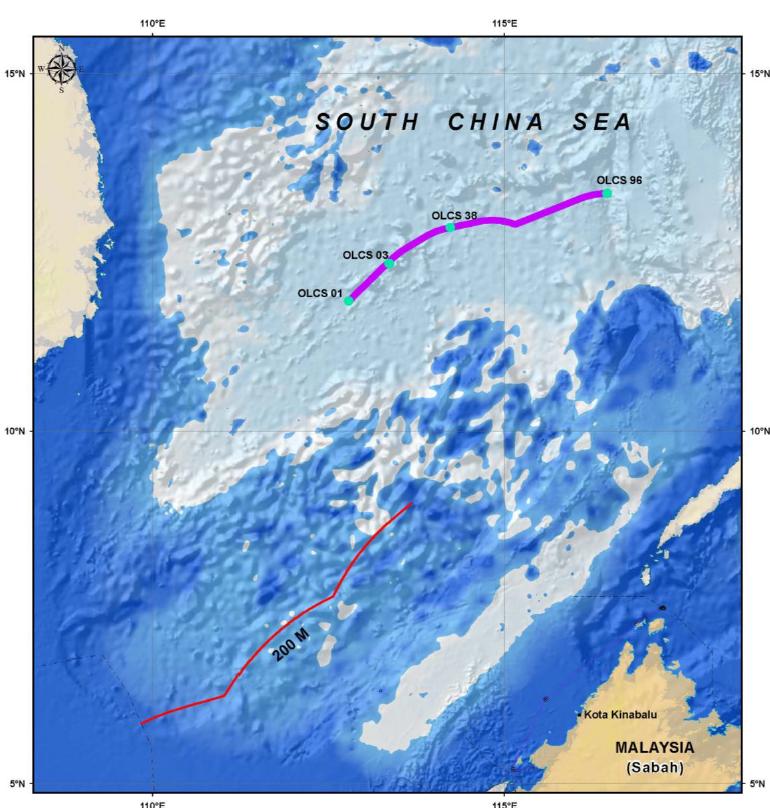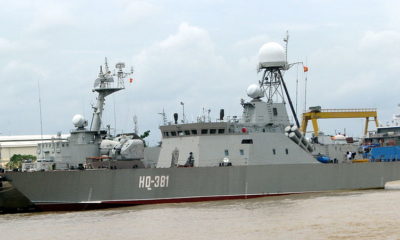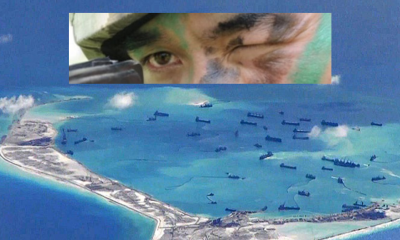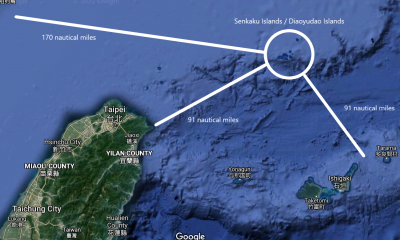The extended continental shelf in Malaysia’s claim in 2019
Nguyen Luong Hai Khoi
In 2009, when China published the map of the U-shaped lines at the U.N. for the first time to protest against the Joint Submission for the extended continental shelf by Vietnam and Malaysia, the only country outside the South China Sea that had protested China was Indonesia. At that time, U.S. Secretary of Defense Robert Gates stated that the U.S. has no opinion.
However, ten years later, on December 12, 2019, when China sent a note to protest Malaysia’s submission to the Commission on the Limits of the Continental Shelf (CLCS) a claim on an extended continental shelf (ECS) beyond 200 nautical miles from the baseline, China’s note has triggered a series of note exchanges among countries that debate on the South China Sea issue. So far, countries participating in these exchanges of notes in 2019 and 2020 include China, the Philippines, Vietnam, Indonesia, the United States of America, Australia, United Kingdom of Great Britain and Northern Ireland, France, Germany. All of them protested against the Chinese attitude.
Before 2020, we could not see this kind of continuous exchange of notes among the states worldwide in terms of the South China Sea. Why?
Malaysia and Vietnam’s submissions in 2009 for extended continental shelf
United Nations Convention on the Law of the Sea (UNCLOS) stipulates that if the continental shelf of a coastal state extends further than 200 nautical miles, that country has the privilege of exploiting resources under the seabed in an area beyond 200 nautical miles called the extended continental shelf. Under Article 76, UNCLOS, a coastal state’s extended continental shelf does not exceed 350 nautical miles. The coastal states must make submissions claiming the extended continental shelf before the deadline of May 13, 2009.
Malaysia and Vietnam jointly submitted an extended continental shelf in the South China Sea’s southern waters on May 6, 2009. On May 7, 2009, Vietnam also made a Submission for its extended continental shelf in the Northern portion of the South China Sea. On the same day (May 7, 2009), China sent a note to protest the Joint Submission of Vietnam and Malaysia and a note to protest the individual Submission by Vietnam. China attached the map of the South China Sea with the U-shaped lines in these notes. On August 4, 2009, the Philippines also sent a note to the United Nations to protest Vietnam and Malaysia’s submissions.
In addition to a letter against Vietnam and Malaysia, on February 6, 2009, China protested Japan’s submission for Okinotori’s 200 nautical miles of EEZ and continental shelf. In these protesting notes, China used a two-faced stance to oppose Vietnam and Japan.
Under the Rules of Procedure of the Commission on the Limits of the Continental Shelf, “in cases where a land or maritime dispute exists, the Commission shall not consider and qualify a submission made by any of the States concerned in the dispute.” (Rule 46 and Annex I). Therefore, in 2009, China’s protests against Vietnam’s submission and the submissions jointly submitted by Vietnam and Malaysia prevented the CLCS from considering these two submissions.
Ten years later, on December 12, 2019, Malaysia made another separate submission, although the submission deadline was long gone. (As mentioned above, the deadline is May 13, 2009). Below, we analyze the content of Malaysia’s submission on December 12, 2019, explaining why Malaysia made this new submission and why this submission provoked a “note exchanging war” among many nations.
Malaysia’s submission in 2019
Malaysia claimed an extended continental shelf beyond 200 nautical miles of territorial sea and continental shelf from baseline. Below is figure 1.1 in Malaysia’s submission that “illustrates the outer limits of the continental shelf established for this Partial Submission.” The small pink line represents 200 nautical miles of territorial sea and continental shelf from Malaysia’s baseline. The bold red line limits the continental shelf extending beyond 200 territorial nautical miles and continental shelf.
The extended continental shelf that Malaysia claimed in this 2019’s submission almost covers the Spratly Islands. That is to say, for Malaysia, the Spratly islands do not have a territorial sea and continental shelf, as the Award issued by the Permanent Court of Arbitration (PCA) in the South China Sea Arbitration (The Republic of the Philippines v. the People’s Republic of China) in 2016.
This extended continental shelf also overlaps Vietnam’s extended continental shelf beyond 200 nautical miles of territorial sea and continental shelf from the Vietnamese southwestern coast’s baseline. In 2009, Vietnam only submitted the extended continental shelf claims in the northern part of the South China Sea and jointly submitted in the southern part of the South China Sea with Malaysia. Vietnam has not submitted any claim for an extended continental shelf from the baseline on the southwestern coast.
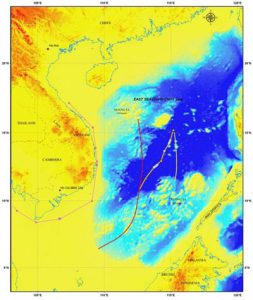
Above is an attached map in Vietnam’s submission in 2009 for the extended continental shelf in the northern part of the South China Sea. In 2009, Vietnam did not claim an extended continental shelf from the southwestern baseline covering the Spratly islands.
Vietnam, Malaysia, and the Philippines claim overlapping extended continental shelves. All of them leave open the possibility of negotiation between the parties based on the international law of the sea and equity principles.

 Politics & Economy3 years ago
Politics & Economy3 years ago
 Society & Culture4 years ago
Society & Culture4 years ago
 ARCHIVES4 years ago
ARCHIVES4 years ago
 Politics & Economy3 years ago
Politics & Economy3 years ago
 Politics & Economy4 years ago
Politics & Economy4 years ago
 Politics & Economy3 years ago
Politics & Economy3 years ago
 Politics & Economy4 years ago
Politics & Economy4 years ago
 ARCHIVES3 years ago
ARCHIVES3 years ago
